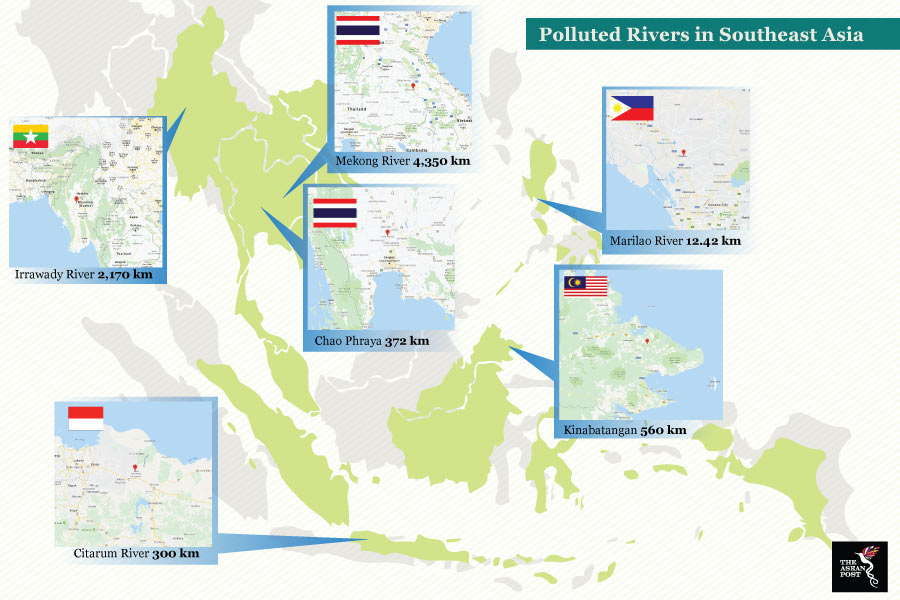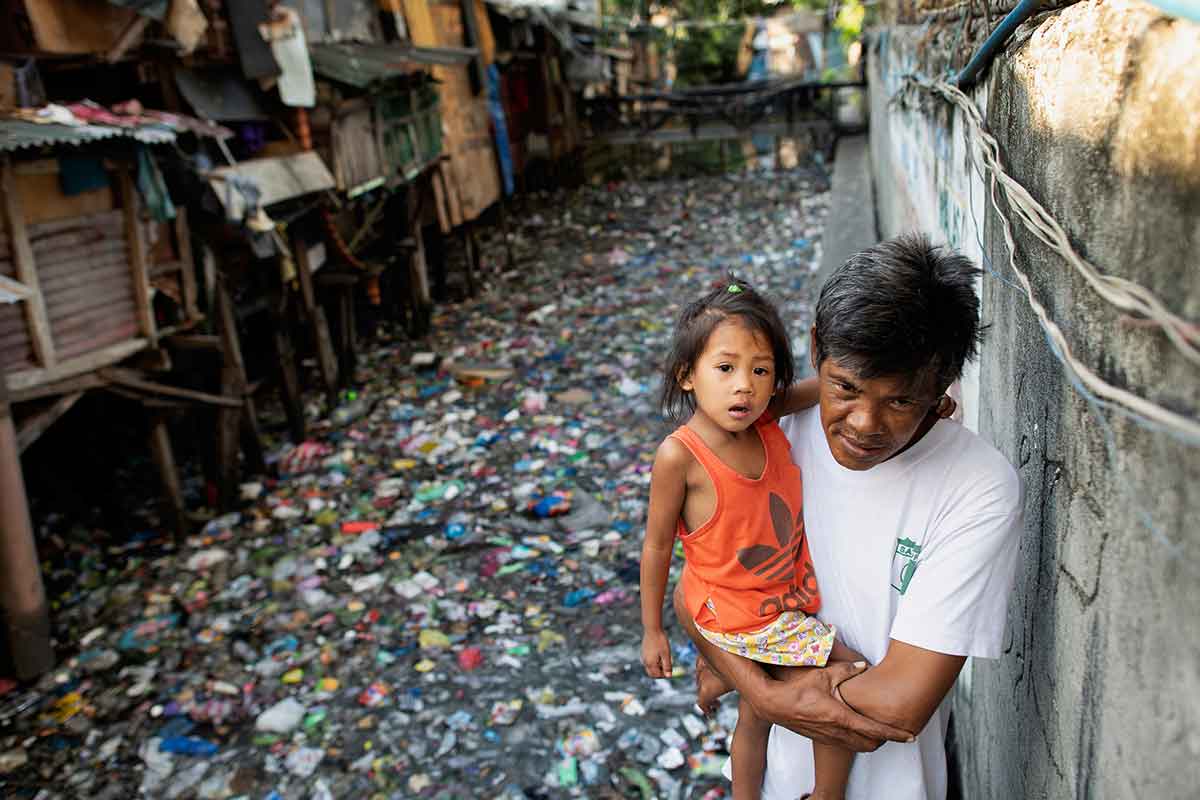Southeast Asia stands to gain the most from the addition of plastic waste to the Basel Convention earlier this month. All 10 ASEAN member states are signatories to the Basel Convention, a treaty that controls the movement of hazardous waste from one country to another.
A major global environmental problem, plastic waste pollution has reached catastrophic proportions with an estimated 100 million tonnes of plastic now found in the oceans, 80-90 percent of which comes from land-based sources, according to the Basel Convention website. This problem is especially acute in ASEAN, which has seen imports of waste plastic from wealthier nations to the region – particularly Malaysia, Vietnam and Thailand – rise sharply following a Chinese ban on waste imports at the start of 2018. United States (US) Census Bureau data shows that nearly half the plastic waste exported from the US for recycling in the first six months of 2018 was shipped to Thailand, Malaysia and Vietnam.
The contaminated and mixed plastic waste is difficult or even impossible to recycle, leading to a large amount of it ending up in rivers and oceans – or incinerated. The proposed amendment to the Basel Convention provides countries the right to refuse unwanted or unmanageable plastic waste, and it is a move which will better regulate the global trade in plastic waste, make it more transparent and ensure that its management is safer for humans and the environment.
River and ocean pollution is nothing new in Southeast Asia but has intensified because of population growth, urbanisation and climate change. Rapid economic development and urbanisation has resulted in degradation and depletion of natural resources, including water and related ecosystem services. Many rivers in the region are highly polluted with domestic, industrial and agricultural waste thus causing the Water Quality Index (WQI) to reach unsafe levels.

Most polluted rivers in Southeast Asia
Hazardous non-recyclable objects such as plastic bottles and rubber slippers are commonly found floating on the region’s rivers. Toxic industrial waste and household garbage is discarded in huge quantities into rivers and eventually finds its way to the sea.
Pollution levels in Metro Manila’s rivers are so high that they could be considered open sewers. The main cause is the untreated residential waste that flows directly into the waterbodies, and according to official statistics, only 20 to 30 percent of the city’s households are connected to a sewerage system. The remaining 70 percent have septic tanks, which in many cases leak human waste into underground aquifers.
Another notorious river in the region is the Citarum river that flows through the Indonesian province of West Java. An important resource which aids in agriculture, water supply, industry, fishery, and production of electricity, it is now filled with tonnes of domestic and industrial waste and mercury levels in the river is 100 times more than the legal amount.
Among other rivers in the region that are facing pollution include the Irrawady river in Myanmar, Chao Phraya in Thailand and the Kinabatangan river in Malaysia. Causes and effects behind the pollution are similar between these and other polluted rivers in the region.
How to recover and rehabilitate?
On Wednesday, Malaysian media reported that the country has begun sending back some waste to its country of origin. Last year, it issued a permanent ban on the import of plastic waste and said it will be phasing out the import of other types of plastics by 2021. Vietnam has banned the issuance of licences for the import of plastic waste and Thailand will also stop plastic waste imports by 2021.
In order to tackle plastic waste and to foster an effective approach to sustainable urban development, policymakers must collaborate with the private sector and the international donor community to develop relevant legal frameworks and enforcement mechanisms.
There is also a need to initiate comprehensive studies on valuation of water-related benefits and highlight the monetary value of water quality improvements. In addition, public awareness campaigns and outreach programmes will go a long way in ensuring communities realise the benefits of keeping ASEAN’s rivers and oceans pollution-free.
Related articles:
